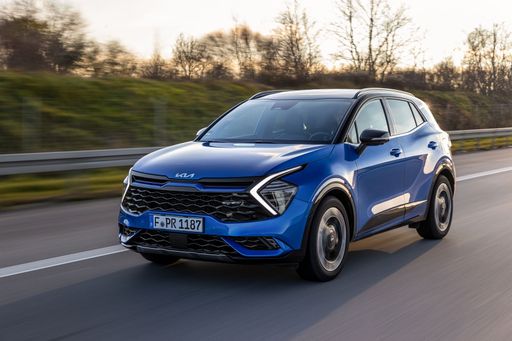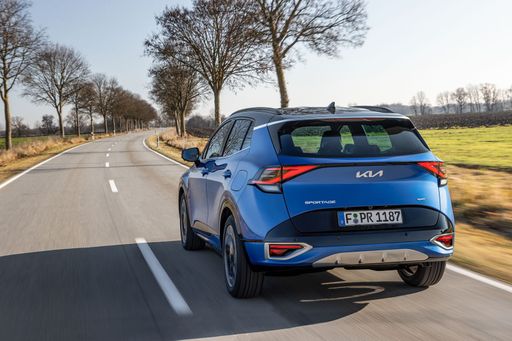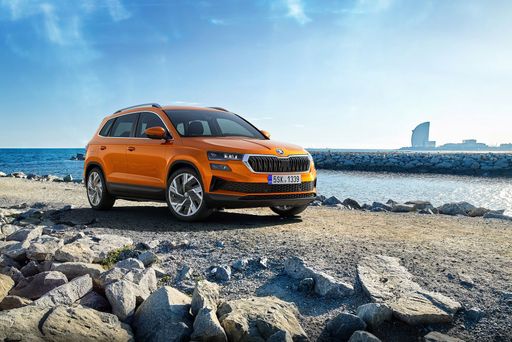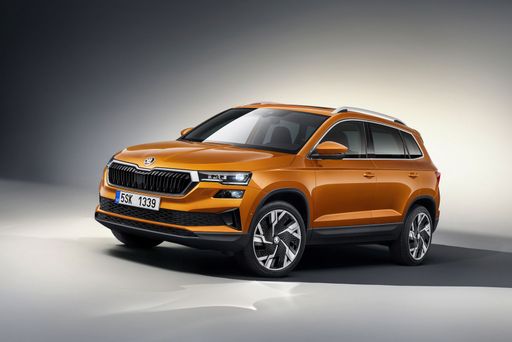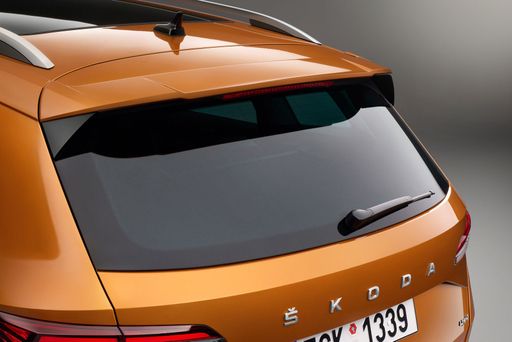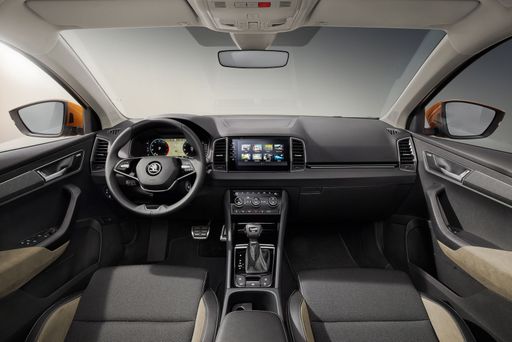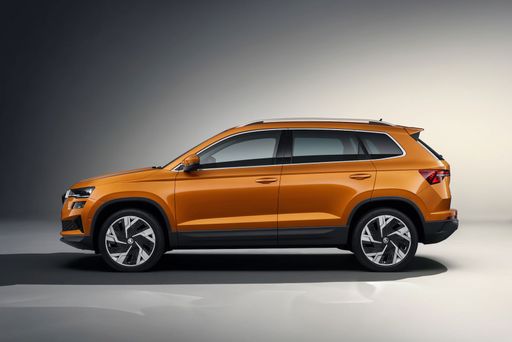Introduction
In the highly competitive compact SUV segment, two vehicles are making waves: the Kia Sportage and the Skoda Karoq. Both models boast advanced technology, impressive design, and a range of engine options tailored to meet diverse driving needs. This article compares these two popular models, focusing on their technical specifications, performance, and innovative features to help buyers make an informed decision.

